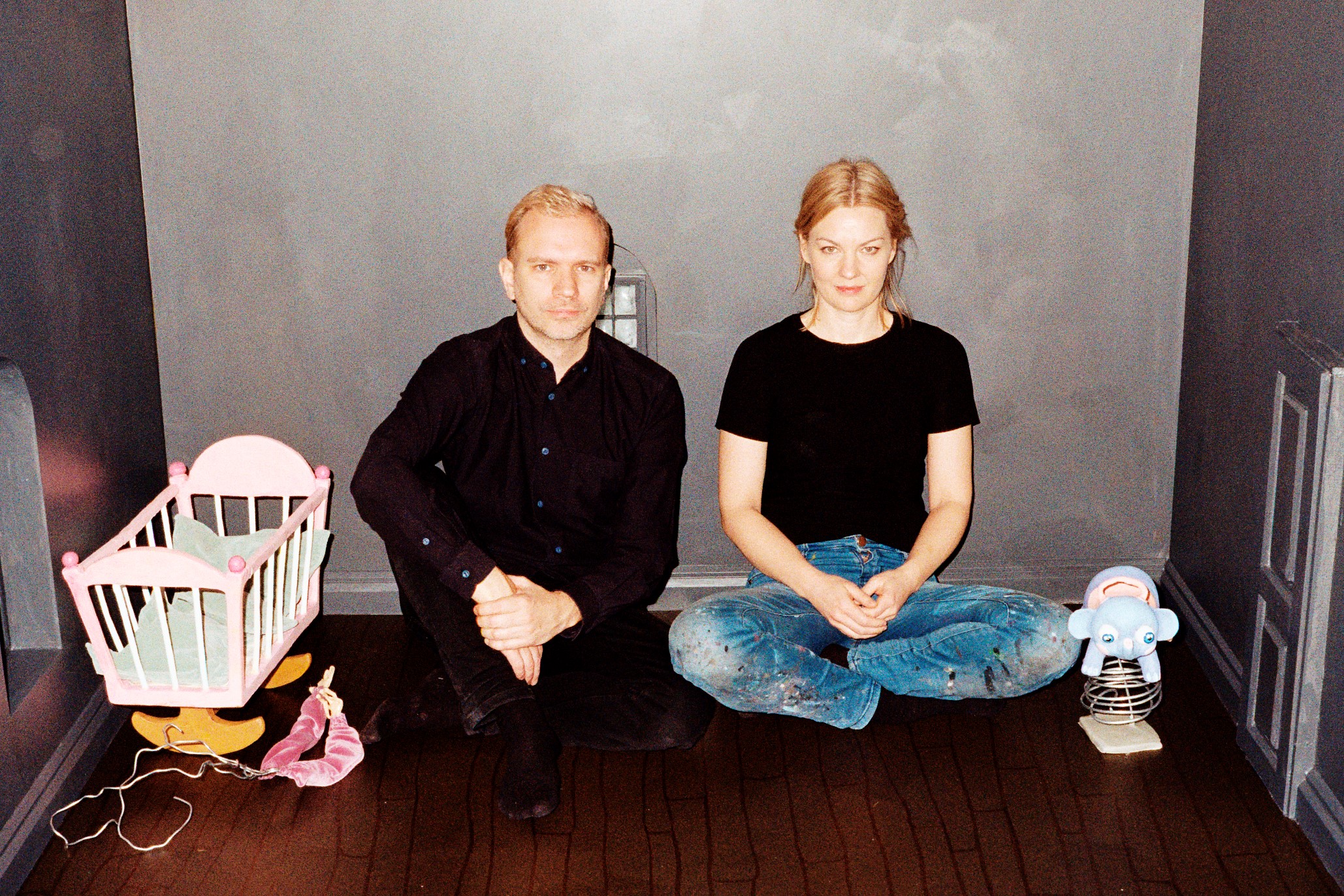Q&A wirh Nathalie Djurberg and Hans Berg
Erotic allure and cruel violence meet again and again in your video works and installations. The work "The Experiment", created for the Venice Biennale 2009 and now on view at LOVECRAFT, a former department store in Munich, is a surreal garden with wondrous artificial plants in combination with three videos. How can we imagine the creation process of this extensive multimedia installation of that time?
Nathalie: We do no longer remember exactly how the idea entered. But when Daniel Birnbaum asked us [for the 2009 Venice Biennale], the idea was already there. However, it was the first time we had worked on a project in this way. It went from wanting to make a few sculptures and the video works into not being able to stop, every flower made another flower necessary and the failures of making it was so compelling and allowing. Our 70 square meter apartment that contained a small kitchen, bedroom/living room/and music studio and the studio became filled up with sculptures. It was an experiment in a kind of frenzied madness, and the joy and frustration of making it took up every physical emotional and psychological space in our lives. My mom stayed with us for a while, sleeping in the kitchen where she also cooked for us, my brothers sometimes came to help with the production, sleeping on the floor – it was the first project that we did that was so immersive, and where the making itself was an experiment.
